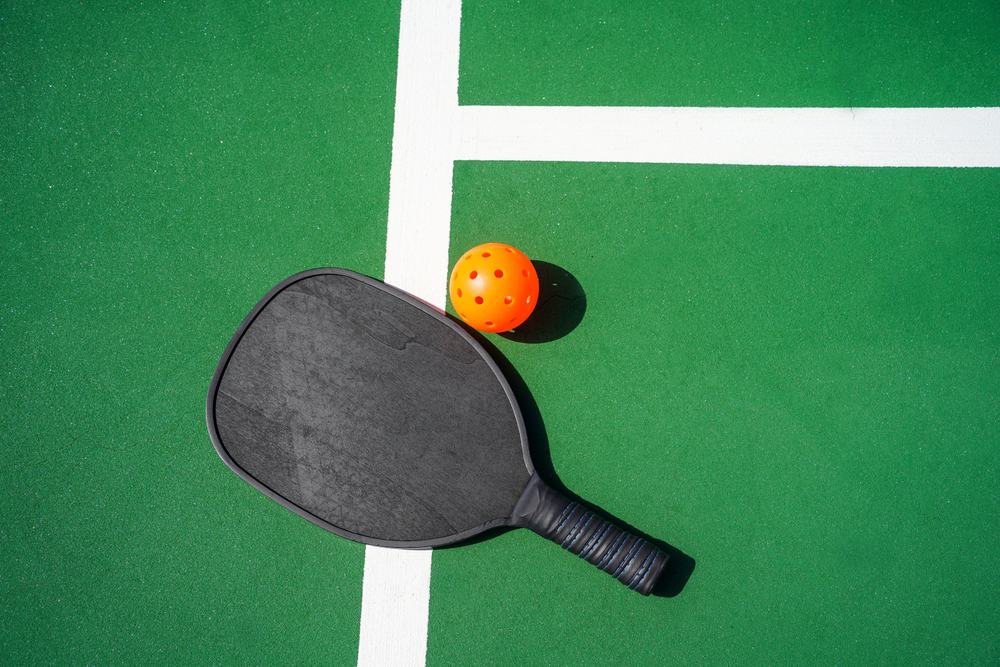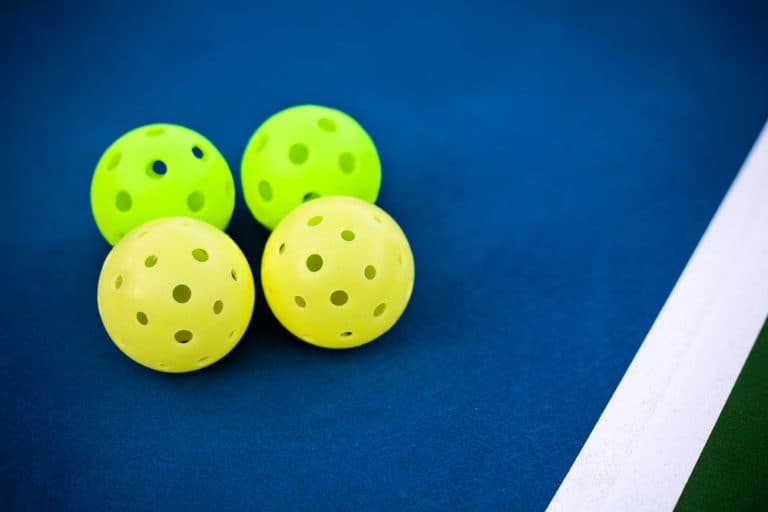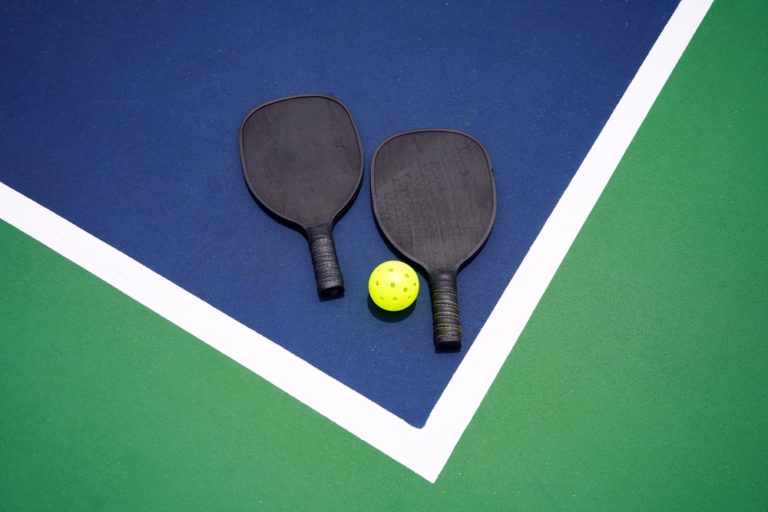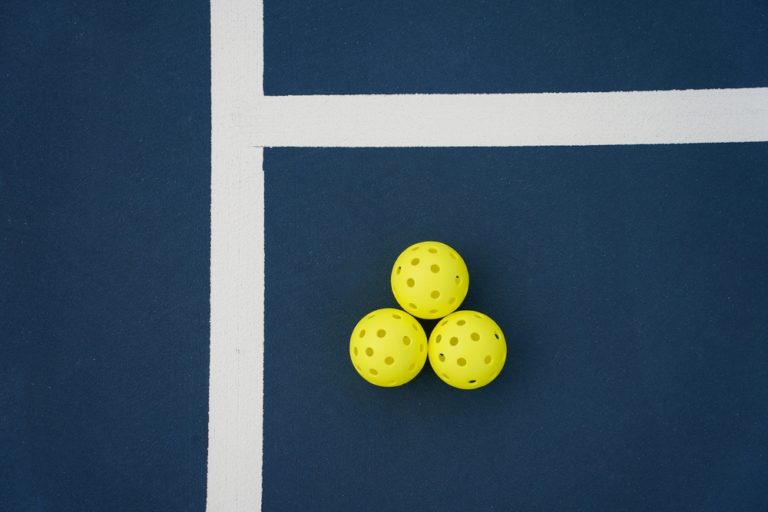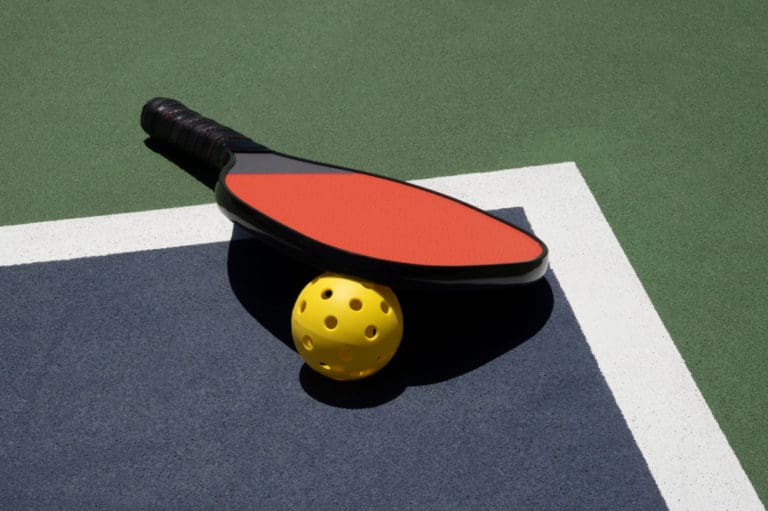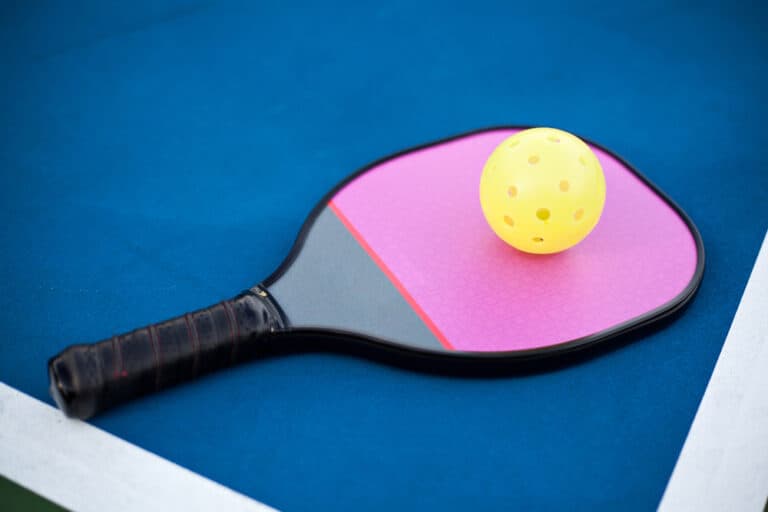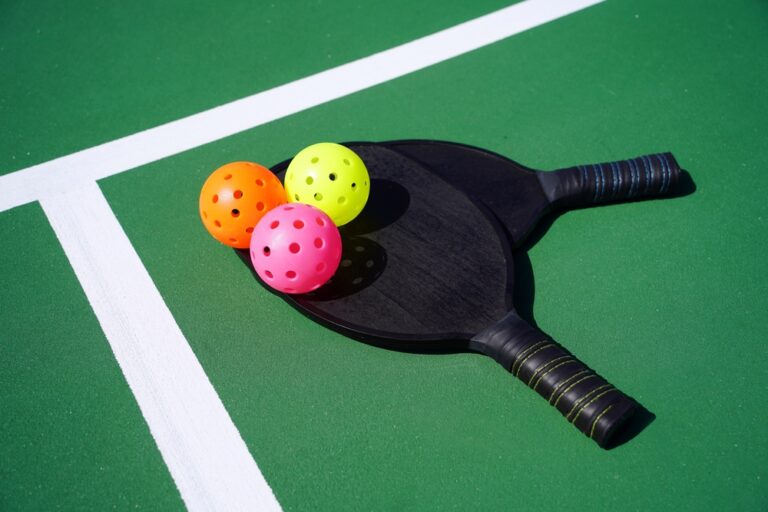How Do You Know If A Pickleball Paddle Has Dead Spots?
In order to play at your best in pickleball, it is vital to use a paddle that is in good shape. A pickleball paddle with dead spots will slow you down and negatively affect your performance. But how do you know if your paddle has dead spots? What should you look out for?
If your pickleball paddle has dead spots, you will notice you cannot hit the ball as far as you used to, or the ball may go in an unexpected direction. Your paddle will sound less hollow than before when the ball hits its sweet spot. An uneven surface or minor dents may also indicate dead spots.
You can use a few methods to check your paddle for dead spots. And while it is normal for dead spots to emerge eventually, there are a few things you can do to extend your paddle’s lifespan. We will look at how to check your paddle and extend its lifespan in the following few sections.
How To Check For Dead Spots On Your Pickleball Paddle
The first way to check if your pickleball paddle has dead spots is to pay attention to how far you are able to hit the ball when it hits the paddle’s sweet spot. You will notice that you cannot hit the ball as far as you used to, or the ball may not travel at all. The ball may also go in an unexpected direction.
Another way to check for dead spots is to listen to what your paddle sounds like. You will notice that your paddle sounds different when you play than when you first bought it. You can listen for dead spots by gently tapping on the paddle with your knuckle.
If you are uncertain what a dead spot sounds like, then first tap in the areas where even a new paddle naturally has dead spots, such as the edges of the paddle or the top of the handle. You will hear that these areas have a duller sound.
Next, tap on the areas where the ball hits your paddle more frequently, such as the sweet spot. These areas should have a more hollow sound. Your paddle likely has dead spots if these areas have the same dull sound as the edges of the paddle or the top of the handle.
You can also check for dead spots by looking at your paddle from different angles in a well-lit area. The surface should be smooth and dent-free. Your paddle may have dead spots if you notice minor dents or an uneven surface.
What Causes Dead Spots On Your Pickleball Paddle?
A few factors can cause dead spots on your pickleball paddle. One of the most common causes is age. Your paddle will eventually wear out from regular use, and it may simply be that your paddle needs to be replaced due to its age.
Damage to your paddle can result in dead spots developing prematurely. Your paddle can be damaged by several things, such as accidentally dropping your paddle, tapping it with a fellow player’s paddle to celebrate a win or point, throwing it, and playing too aggressively. Damage to your paddle’s handle can also cause dead spots.
If your paddle is still new and already has dead spots, it might be a manufacturing flaw. If your paddle is still under warranty, you can return it to the seller to get it replaced with a correctly manufactured one.
What Is The Average Lifespan Of A Pickleball Paddle?
A professional pickleball player’s paddle has an average lifespan of about a year but often gets replaced every few months. A professional pickleball player will replace their paddle more frequently than a recreational player since they are likely to practice every day and are dependent on an excellent paddle to increase their chances of winning in a tournament.
A recreational player can expect their pickleball paddle to last between 1 – 3 years, depending on the quality of the paddle, how often they play, how aggressively they play, and how well they take care of it. In the next subheading, we will look at how you can take good care of your paddle, extend its lifespan, and delay the development of dead spots.
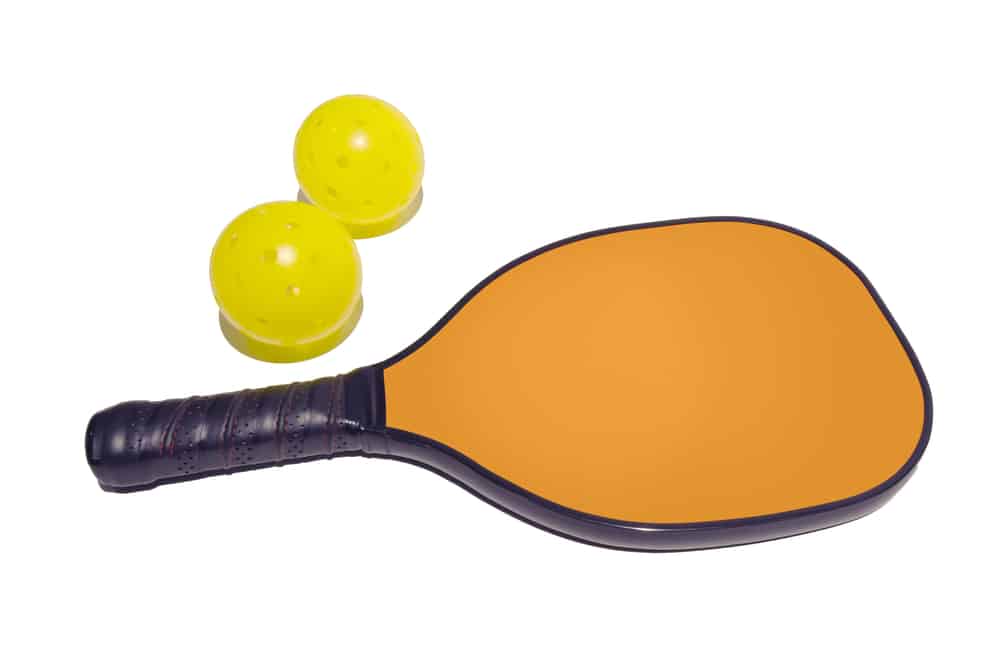
Delaying The Emergence Of Dead Spots On A Pickleball Paddle
You can do several things to take care of your pickleball paddle and delay the emergence of dead spots. To prevent you from accidentally dropping (and damaging) your paddle when playing, be sure to maintain the paddle’s grip. If you notice the grip getting a little slippery, it’s time to replace it.
Although it may be fun to clink your paddle with your teammate’s paddle when you score a point or win, it can be detrimental if you tap them together too hard. It puts your paddle at risk of getting scratches and dents, leading to you having to replace the paddle before its time. Therefore, be sure you and your teammate clink them together gently when you want to celebrate that point or win.
As with many of our possessions, keeping our pickleball paddle clean will help extend its shelf life. When cleaning your paddle, be careful not to immerse it in water, as it can cause damage. Rather clean it with a warm, dampened cloth, and then dry it with a towel straight away. Ensure that you use a soft cloth and towel to prevent damage to the surface of your paddle.
Storing your paddle properly in a padded case will go a long way toward extending its lifespan. It would also be good to store your paddle at room temperature, as temperatures that are too hot or cold can also cause damage. Lastly, you may want to try not to play too aggressively, as this will shorten your paddle’s lifespan and cause dead spots to develop sooner.
Conclusion
When your pickleball paddle has dead spots, one of the first things you will notice is that you cannot hit the ball as far as you used to, or it may go in an unpredictable direction. You can also determine if your paddle has dead spots by gently tapping it with your knuckle in different areas and listening for duller sounds. Lastly, check your paddle for an uneven surface or minor dents in a well-lit area.
While it is normal for a pickleball paddle to develop dead spots as time passes, taking good care of your paddle can delay its emergence. It would be good to maintain its grip, store it in a padded case at room temperature, and gently clean it on a regular basis. You can prevent damage by not playing too aggressively, not clinking your paddle too hard with your teammate’s, and not throwing it.
References
- https://allpickleball.com/do-you-have-a-dead-pickleball-paddle/
- https://blog.pickleballcentral.com/2019/02/14/is-your-pickleball-paddle-dead-ways-to-know-if-its-time-for-a-replacement/
- https://dinkpro.us/extend-lifespan-pickleball-paddle/
- https://fromuthpickleball.com/blog/post/how-often-should-i-replace-my-pickleball-paddle

